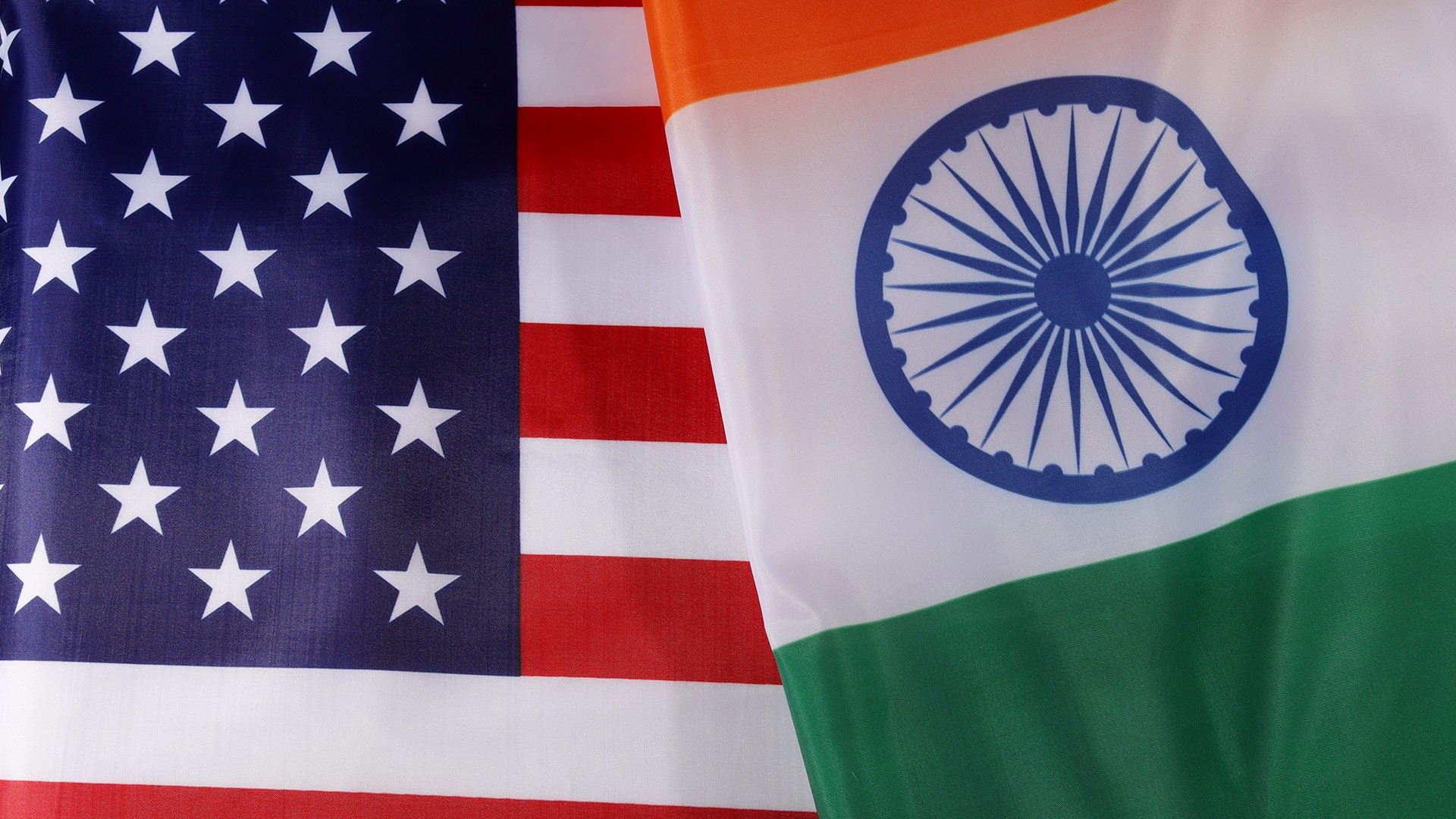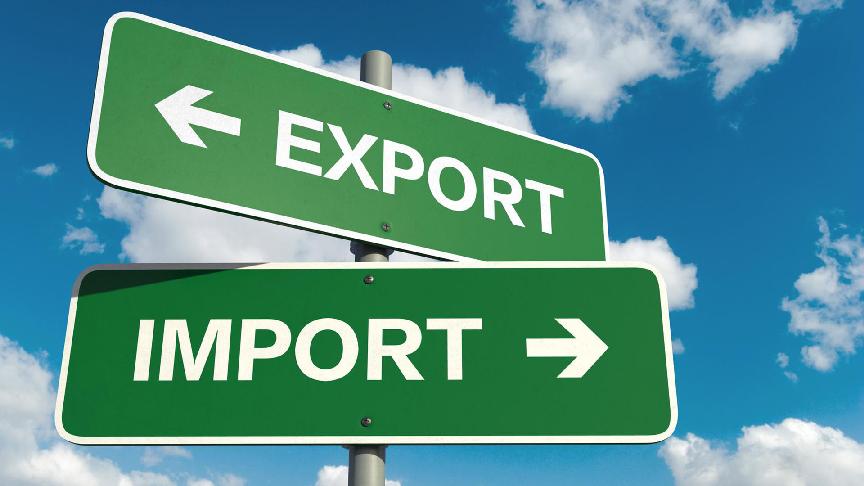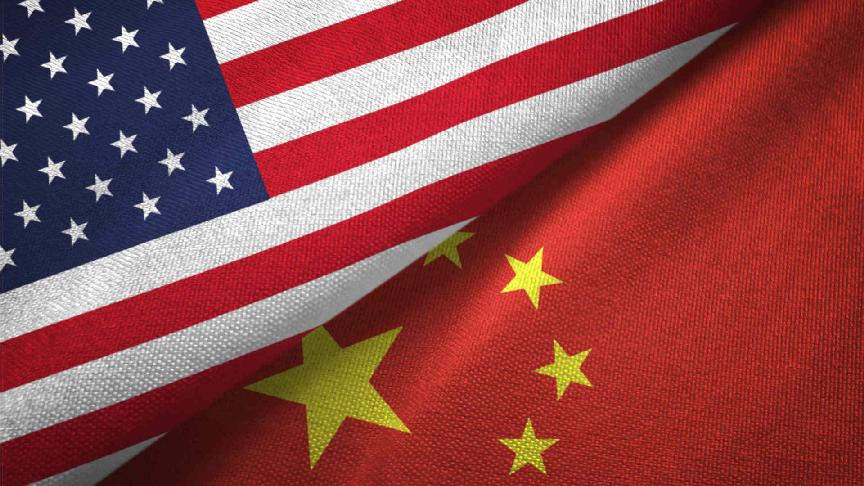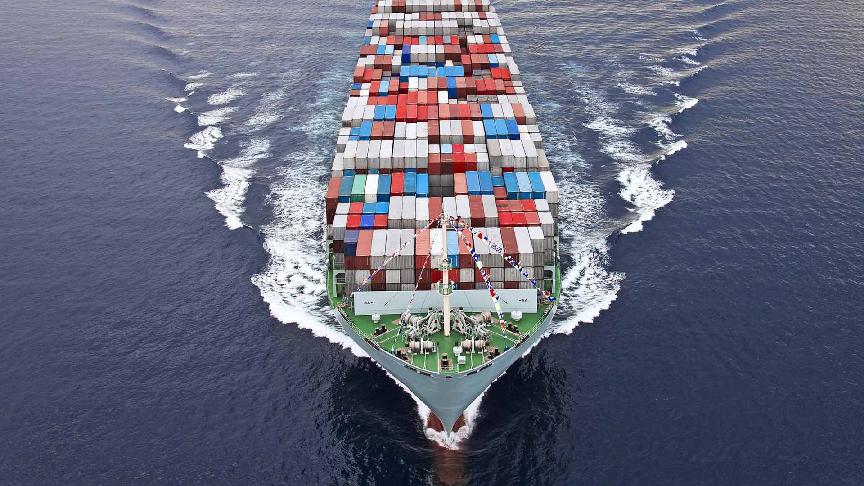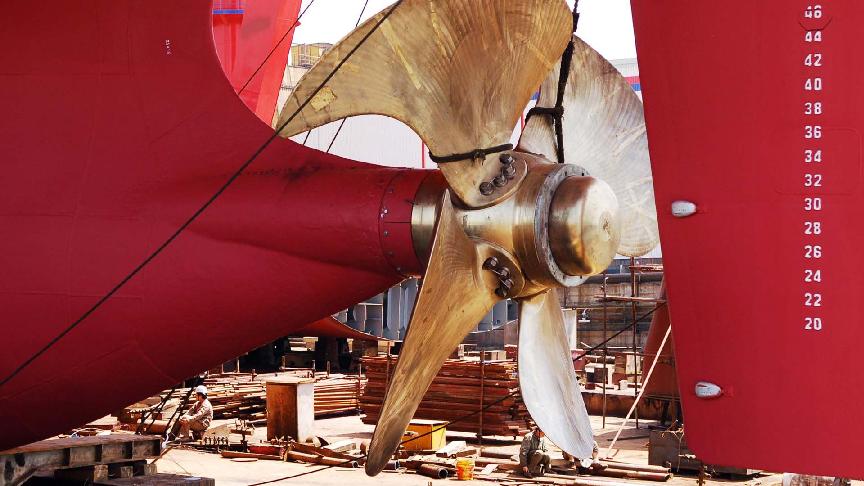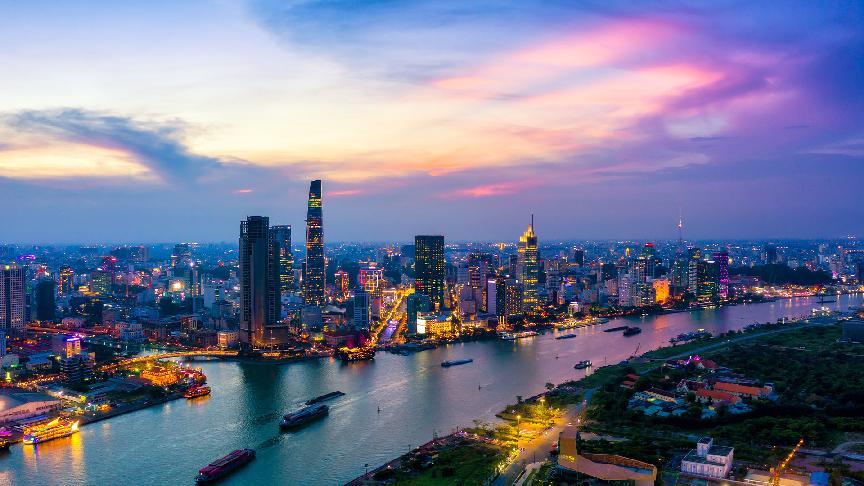18 August 2025 (Lloyd's List) - INDIA’S container and tanker shipping flows are being whipsawed by geopolitics.
Ever since the US began pushing its importers to diversify from China in 2018, India has been a beneficiary, with more US importers shifting sourcing to there.
After the US and EU implemented the price cap on Russian crude in December 2022, India was one of the main destinations for price-capped crude, allowing the EU to halt Russian imports without causing global oil prices to spike.
These dynamics abruptly flipped this month.
The US is now disincentivising a sourcing shift to India and simultaneously demanding that India stop buying Russian crude.
US President Donald Trump is implementing a 50% tariff on US imports of Indian goods, including 25% in so-called reciprocal tariffs that started on August 7 and 25% in tariffs to penalise India for buying Russian crude, scheduled to start on August 27.
That would put US tariffs on Indian goods at the very upper end of the global range, on par with levies on US imports from China and Brazil.
Ukrainian President Volodymyr Zelenskyy and EU heads of state are meeting with Trump on Monday, as part of efforts to end the Russia-Ukraine war. The outcome of those talks could affect whether the US follows through with the 25% penalty tariff on India.
Also at stake in the peace process is the EU plan, starting in January, to ban imports of products refined from Russian crude, another negative for India.
Container shipping
For container shipping, the tariff effect on India is twofold.
First, it makes it less likely that US importers will relocate production there, given the uncertainty. Second, it makes current Indian goods more expensive for US buyers, a negative for container shipping demand.
“The rules keep changing,” said Zac Rogers, associate professor of supply chain management at Colorado State University, during a recent port of Los Angeles press conference.
“Look at Apple. It put 15% of its iPhones in India and everybody thought that was a great idea. Now we have 50% tariffs on India. [Companies] are not going to invest in a country to move a bunch of production there until they know what the rules are going to be.”
Trump’s tariffs are threatening India’s bid “to steal manufacturing from China”, wrote the Wall Street Journal.
According to Census Bureau data compiled by freight economist Jason Miller, a professor at Michigan State University, US imports from India accounted for 6% of total US containerised imports in 1H25, measured by cargo weight.
US containerised imports from India totalled 6.5m tonnes in 1H25, up 9% versus 1H24.
The largest categories of US imports from India are similar to those from Europe, that is, light on manufactured goods and heavy on building supplies, auto parts and food (Apple’s iPhones are shipped from India via air cargo).
The top 10 US containerised import categories from India in 1H25 were cement; worked stone; ceramic tiles; auto parts; rice; crustaceans; linens; iron and steel parts; diodes, transistors and semiconductor devices; and iron and steel pipes.
Deutsche Bank chief India economist Kaushik Das said in a report on August 13 that he expected US tariffs on Indian goods to eventually be brought down to 25%.
“Also, the front-loading of some of the export items to the US in the last few months gives some buffer to exporters,” said Das.
“The bigger risk to India’s growth is through the indirect ‘uncertainty’ channel, in our view, as the tariff- and trade-related uncertainty impacts the private corporate sector’s willingness to ramp un capex in a meaningful way.”
The next round of India-US trade talks was scheduled to begin on August 25, but according to multiple media reports, the US delegation cancelled the trip and this round has now been deferred.
“It was expected that India would probably be one of the first countries with which the US would sign a bilateral deal, but common ground could not be reached,” said Das.
Russian oil purchases have been “an added complication” but the main stumbling block is India’s refusal to open its market to lower-duty imports of US agricultural and dairy products, he wrote.
Tanker shipping
How Indian purchases of Russian crude play out will have a significant effect on tanker shipping flows.
“Since 2022, Russia has become India’s largest supplier of crude oil. India is now importing less on VLCCs and more on aframaxes,” said Erik Broekhuizen, manager of marine research at Poten & Partners, in a report published on Friday.
“India bought virtually no crude oil from Russia prior to the start of the war in Ukraine, relying mostly on the Middle East, which makes sense, given its geographic proximity.”
To avoid the additional 25% tariff, India “could go back to its pre-2022 crude oil slate and cut back on Russian imports, but this will be more expensive”, wrote Broekhuizen.
The Indian government has been defiant in its public comments.
It said on August 4 that “India began importing from Russia because traditional supplies were diverted to Europe after the outbreak of the [Russia-Ukraine] conflict. The US, at that time, actively encouraged such imports by India for strengthening global energy market stability.”
The government maintained that US targeting of India “is unjustified and unreasonable” and that it would “take all necessary measures to safeguard its national interests and economic security”.
Tanker loading data tells a different story. India does appear to be turning away from Russian supplies in the wake of Trump’s threat, at least temporarily.
According to Vortexa data, India’s crude imports from Russia remain high in August based on the date of cargo arrival. But this is because these tanker cargoes were loaded prior to US tariff announcements.
The Vortexa data on Indian crude imports based on the date of departure shows a sharp drop in Russian loading this month.
Indian imports of Russian crude and condensates average 1.7m barrels per day this month, based the date of arrival, up 8% versus July, but they average only 650,000 bpd based on the date of departure, down 58% versus July.
